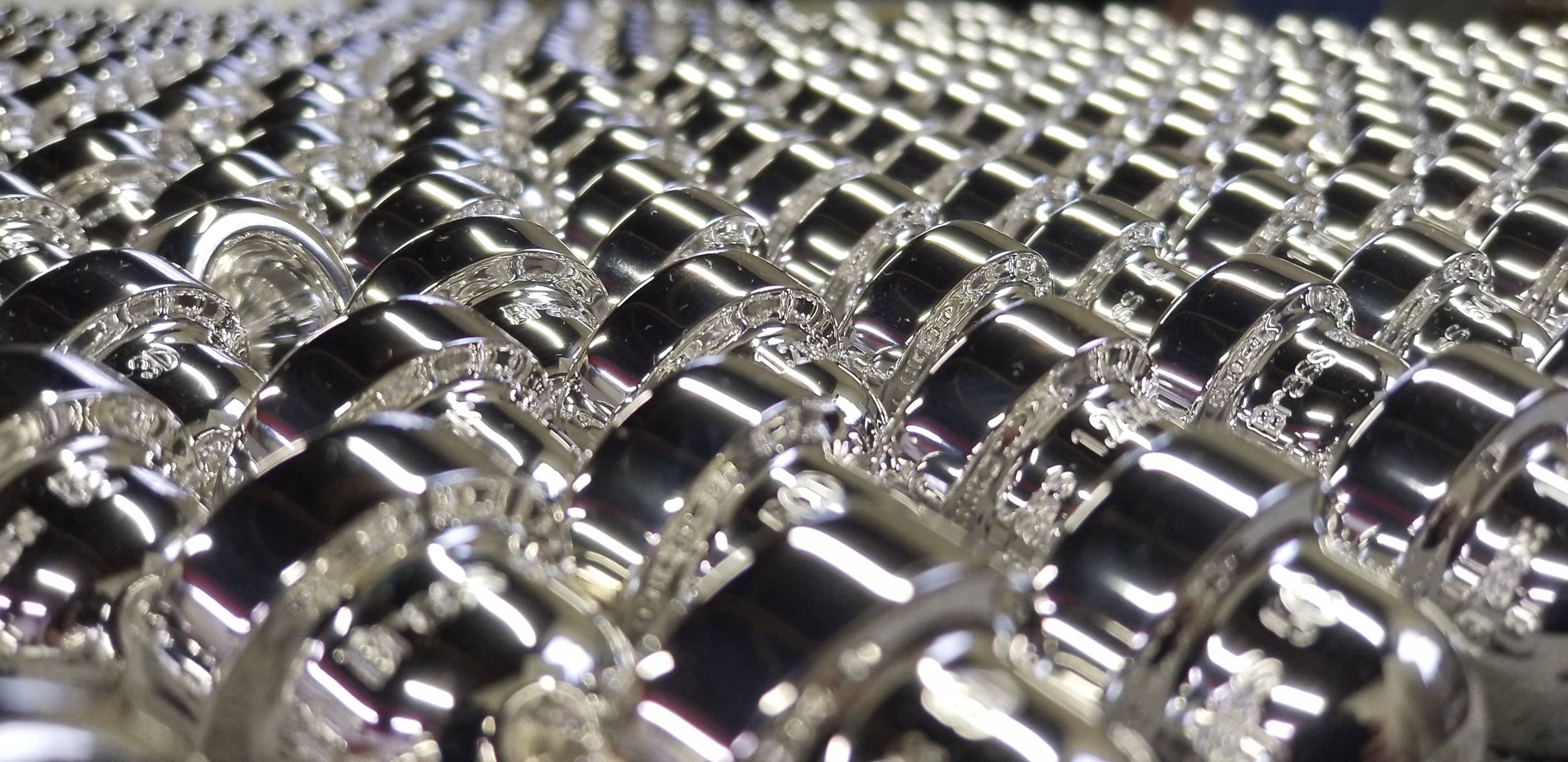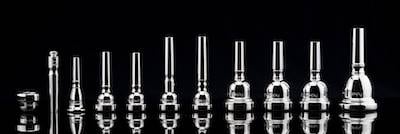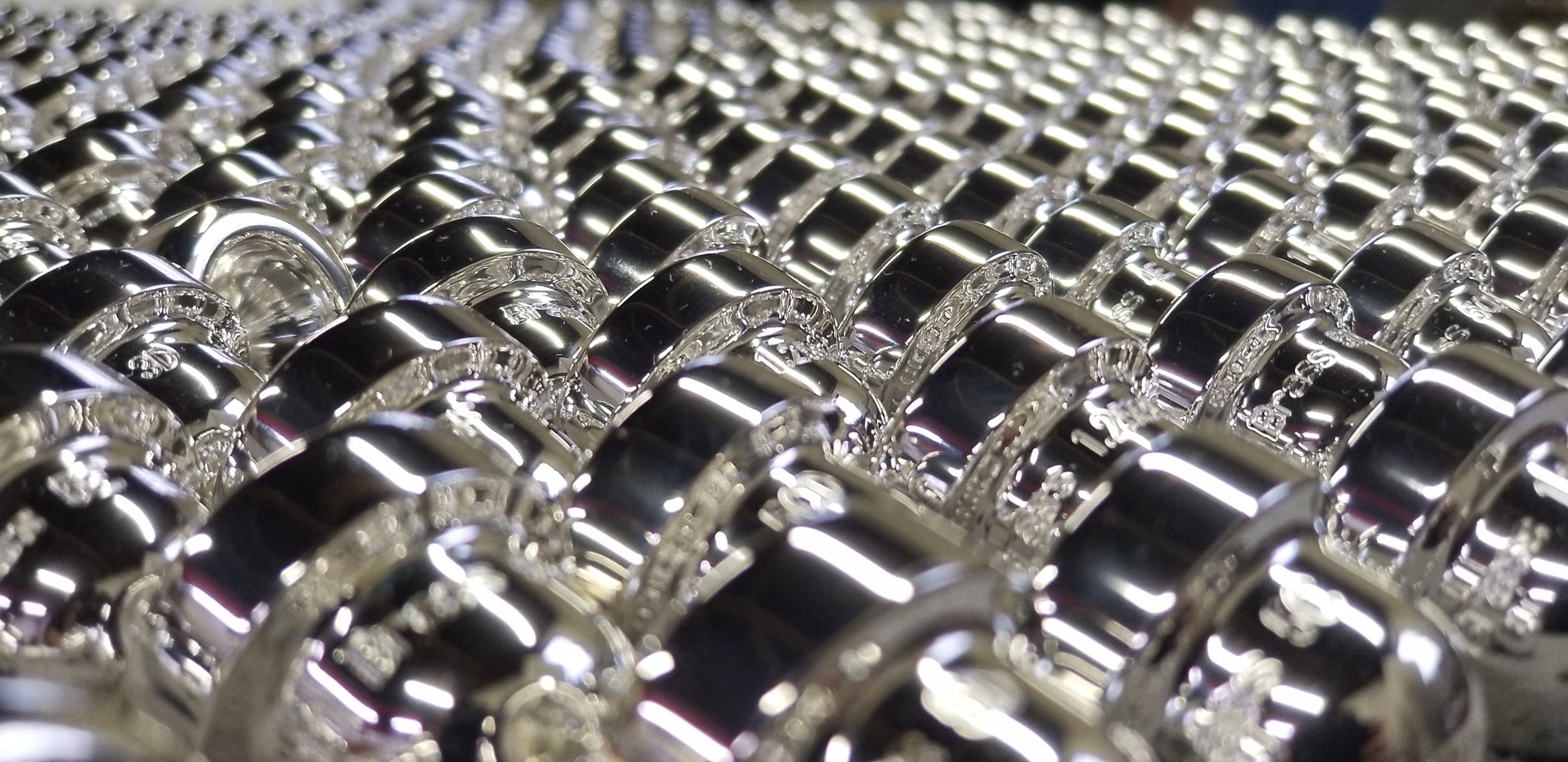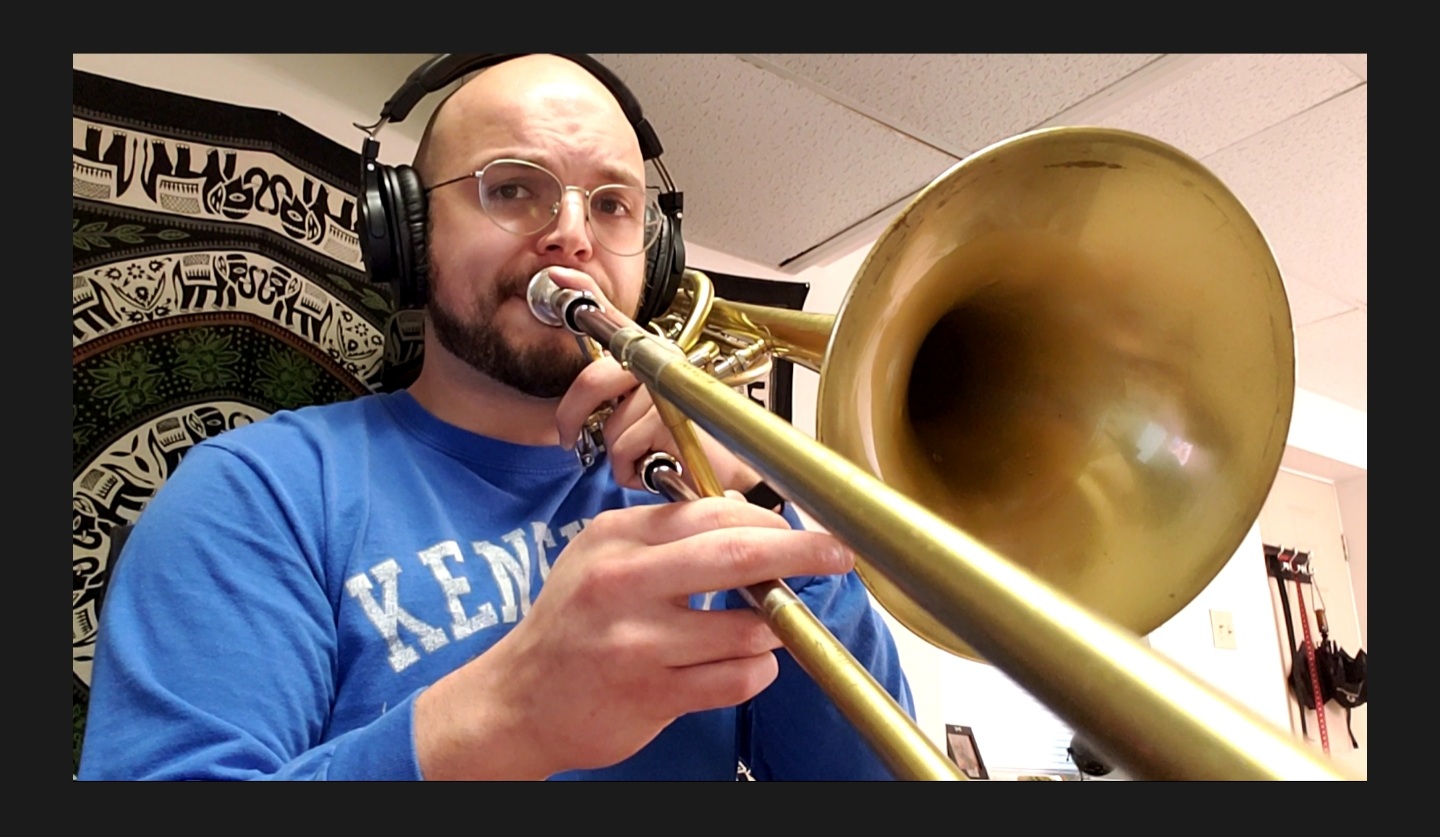How to Choose the Right Mouthpiece: A guide to asking the right questions.

(This guide is geared towards intermediate/advanced/professional players. For first time players, please refer to our Knowledge Base)
Choosing the right mouthpiece is always a process; every brass instrumentalist has traits and preferences unique to themselves. Here at Pickett/Blackburn, we strive to help customers at all ends of the spectrum find the right fit.

Over the years, we have developed our own process of asking the right questions to narrow down the plethora of choices available.
Let's take things step by step:
- What will you be using this mouthpiece for?
This question may seem obvious, but it is truly the first step to narrowing things down. Whether you are playing lead trumpet in a big band, 2nd horn in an orchestra, bass trombone in a brass band, or something in between, knowing how you will be using the mouthpiece is the first step in knowing what you will need. - What mouthpiece do you currently use and what are your struggles?
There is no Holy Grail of mouthpieces. A mouthpiece that works well in certain situations, may be detrimental to your performance in others. Some players use one mouthpiece for everything, some have vast collections and prefer to pick and choose. Neither of these methods are wrong. If you’re on the hunt for something new in your arsenal, knowing what has worked for you and what hasn’t with your current mouthpiece(s) is key. - What are your non-negotiable preferences?
Some players stick with a particular range of rim sizes. Some players prefer shallow cups. Some players need a little more resistance. To each their own. Knowing what you prefer is essential to narrowing your choices down.

At this point, your window of choices is likely small enough to begin physically testing your options. In an ideal world, a player would have the opportunity to thoroughly test each mouthpiece for a reasonable amount of time in a variety of different situations. Unfortunately, this is almost never the case, so let's take the next steps.
- How does it feel?
If the mouthpiece doesn’t feel right when you put it on your face, it is more than likely not the right fit. Compare this step to going to a shoe store. A new pair of shoes will always feel different when you put them on your feet. You might walk around a little to test them out, but you will know right away if they feel distinctly uncomfortable. The right mouthpiece will feel new and different on your face, but not uncomfortable. - How does it blow?
Airflow is the next box that has to be checked. Take some time to navigate your horn with the new mouthpiece and ask yourself some questions along the way. Does each register feel the way you expect? Does any particular register feel hindered? Are you able to attack notes the way you would typically expect to? Is there too much resistance, too little, or is it just right? - How does it sound?
Contemplate whether the sound you are hearing is closer to or further from your end goal. Let your colleagues (ideally, people who are familiar with your sound) listen and react. Record yourself and listen back. Use these tools to determine whether or not you are headed in the right direction and adjust accordingly.
Once you have found a mouthpiece that looks right, feels right, and sounds right, in most cases, you’ve found a winner. Keep in mind that there will be an adjustment or “honeymoon” period. In our experience, this period typically takes 1-2 weeks of consistent use of the new hardware.
Just to re-emphasize: There is no Holy Grail of mouthpieces, and there is no one-size-fits-all. Every brass instrumentalist is different, but by using the steps above and asking the right questions, you are much more likely to find the correct fit.
If you have any questions about finding the right mouthpiece for you, don’t hesitate to reach out to us at mouthpieces@pickettblackburn.com or give us a call at (661) 772-7277.


